Picture waking up each morning and remembering not just what you did yesterday, but what you ate for breakfast on this exact date five years ago. Imagine recalling the weather, your conversations, even the clothes you wore on a random Tuesday from decades past. For most of us, this sounds like science fiction, yet for a tiny handful of people worldwide, it’s simply reality. This extraordinary ability belongs to individuals with a condition called hyperthymesia, or more formally, Highly Superior Autobiographical Memory. They live with what many consider both a blessing and a curse – the power to remember virtually in stunning detail. So let’s get started on uncovering the mysteries of this fascinating phenomenon.
The Science Behind Perfect Memory
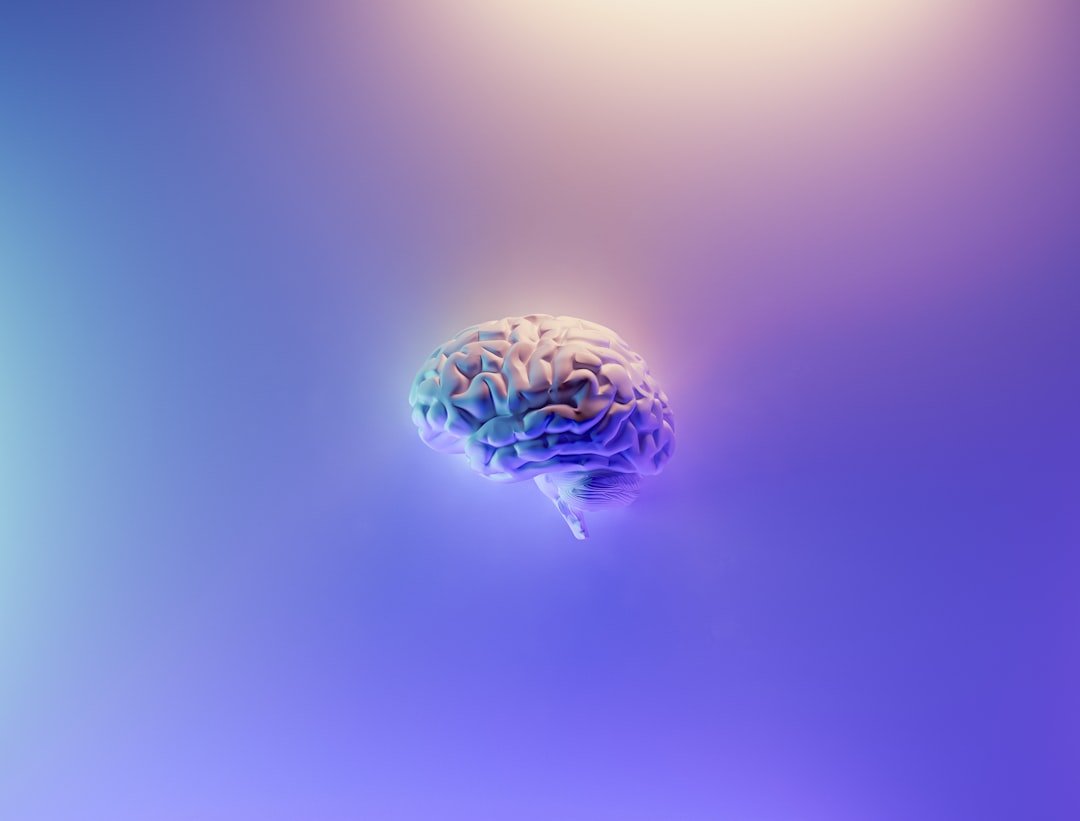
Hyperthymesia, also known as hyperthymestic syndrome or highly superior autobiographical memory (HSAM), is a condition that leads people to be able to remember an abnormally large number of their life experiences in vivid detail. It is extraordinarily rare, with fewer than 100 people in the world having been diagnosed with the condition as of 2021. But here’s what makes it truly remarkable – these individuals don’t just remember the big moments.
Hyperthymestic memories are overwhelmingly autobiographical, encompassing both significant and mundane events, and are encoded involuntarily and retrieved automatically. Think about that for a moment. While most of us might recall our wedding day or graduation, people with HSAM remember what they had for lunch on a seemingly ordinary Wednesday in 1987. HSAM individuals can remember what happened on a day a decade ago better than most people can remember a day a month ago.
The First Breakthrough Case

The scientific understanding of this condition began with one woman’s desperate email. The first person to be identified with HSAM was Jill Price, who found Dr. McGaugh’s name on the internet and emailed him in June 2000, describing her ability. “Whenever I see a date flash on the television (or anywhere else for that matter), I automatically go back to that day and remember where I was, what I was doing, what day it fell on, and on and on and on and on,” she wrote in the email.
After six years of working with Price, Dr. McGaugh and his colleagues published “A Case of Unusual Autobiographical Remembering” in the neuropsychology journal Neurocase in February 2006. This groundbreaking paper opened the door to understanding what would become known as one of the most intriguing conditions affecting human memory. In the aftermath of the 2006 Neurocase publication alone, more than 200 people contacted McGaugh; however, only a handful of cases were determined to be actual cases of hyperthymesia.
How These Extraordinary Minds Work

Internal or external cues, including dates from one’s life span (e.g., 1st January 1999) can elicit HSAM individuals to access specific memories from nearly every day of their past. The skill also involves a remarkable ability to locate memories temporally; participants can accurately and confidently report exact time-related details (e.g., day of the week) of events of their own life and public events of which they have a personal recall.
What’s particularly fascinating is how effortless this process appears to be. People with this type of memory recall events, images, dates – even conversations – in minute detail. And they’re able to summon these memories effortlessly. It’s like having a perfectly organized mental filing cabinet where every folder is clearly labeled and instantly accessible. Those affected describe their memories as uncontrollable associations, so when they come across a date, they “see” a vivid depiction of that day in their heads. No matter how far removed, if prompted with a date, these individuals are able to pull the appropriate folder out of their mental file cabinet without hesitation.
Different from Other Types of Superior Memory
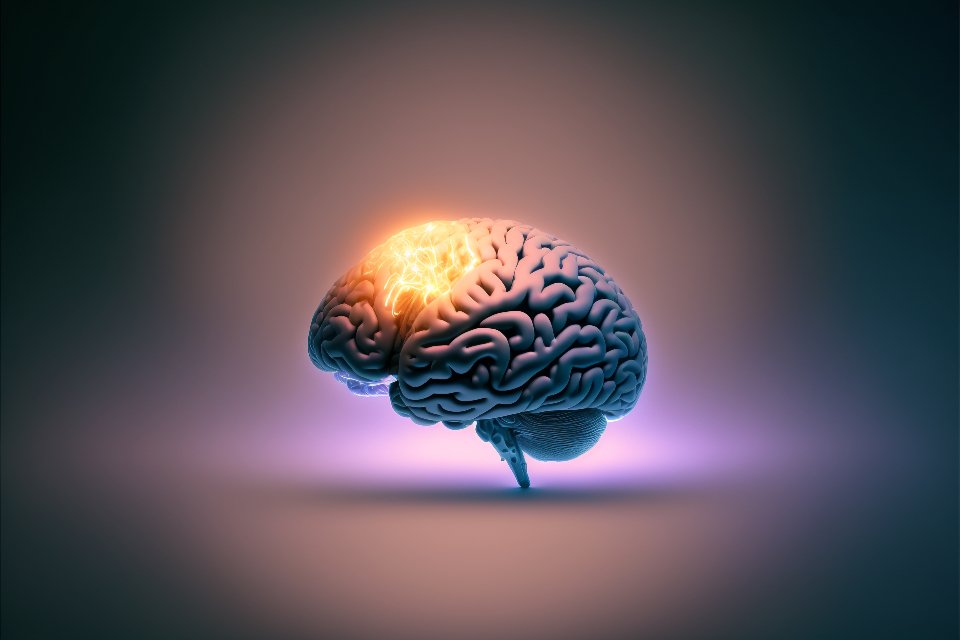
It’s crucial to understand that HSAM is distinctly different from other forms of exceptional memory that we might have heard about. HSAM abilities are distinct from previously described superior-memory individuals who typically rely upon practiced mnemonics to remember unusually long lists of domain-specific data, yet remain average in their ability to retrieve autobiographical information. In contrast, HSAM individuals seem not to be superior learners, exhibiting average scores on typical laboratory memory tasks that are unrelated to autobiographical memory.
People with exceptional autobiographical memory don’t use mnemonics to memorize details of their lives. In fact, some report that rote memorization, such as using repetition to remember things like the multiplication tables, is difficult for them. This makes the condition even more intriguing – their brains seem specially wired for personal experiences rather than general information processing.
The Brain Structures Behind the Magic
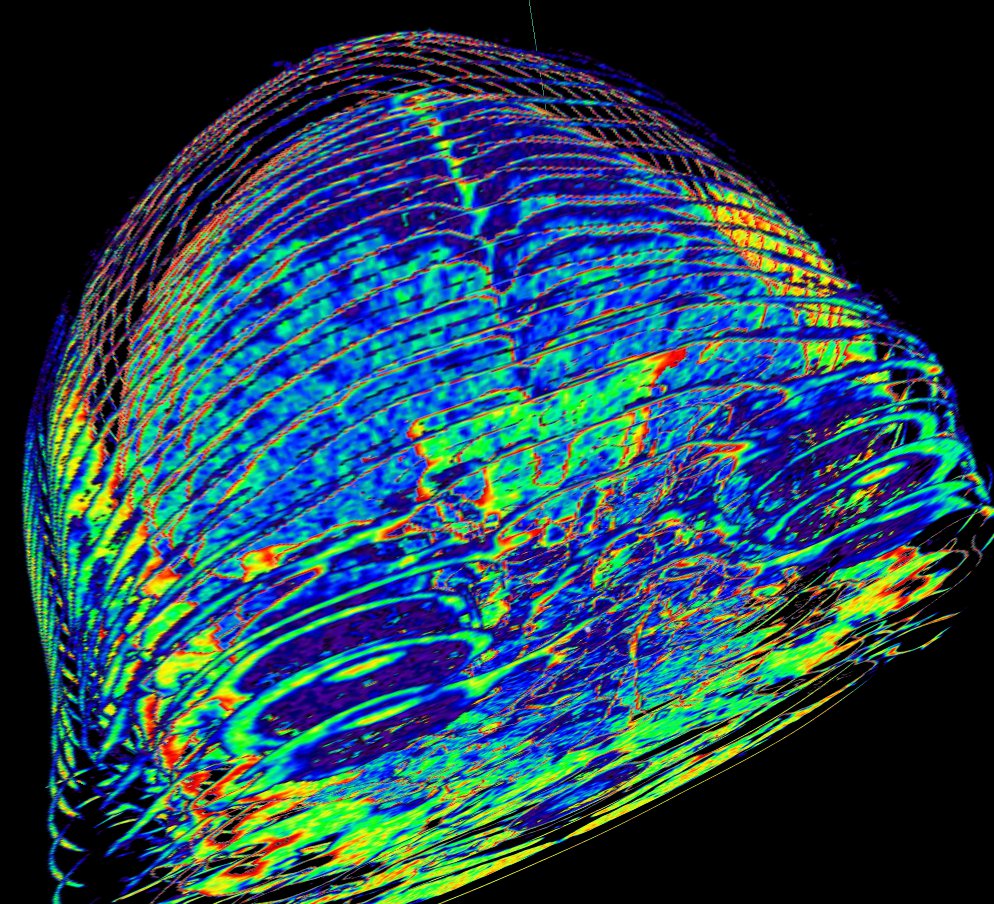
Scientists have discovered fascinating differences in the brains of people with HSAM. Right amygdala hypertrophy (approximately 20%) and enhanced amygdala-to-hippocampus connectivity (> 10 standard deviations) was observed in this volunteer relative to controls. Based on these findings and previous literature, we speculate that the amygdala likely charges autobiographical memories with emotional, social, and self-relevance.
HSAM was confirmed as an isolated exceptional cognitive ability, with brain imaging revealing exceptionally large volumes of regions within the hippocampal formation, which have been previously linked to autobiographical memory. What they discovered is that we have nine areas – they’ve taken 300 measurements of our brains – but they’ve discovered there are nine areas that are 10 times larger than the normal brain. And when you see the scan it’s kind of freaky, but it’s cool. These structural differences provide clues about how the brain might be specially configured to support this extraordinary ability.
Famous Faces with Perfect Recall

Perhaps the most well-known person with HSAM is actress Marilu Henner, famous for her role in the TV series “Taxi.” The U.S. television program 60 Minutes featured actress Marilu Henner in 2010 for her superior autobiographical memory ability. Henner claimed to remember almost every day of her life since age 11. Her case brought significant public attention to this rare condition.
Marilu recalls that she has had an excellent memory since she was about 5 or 6. She said in an interview that when she was 5, she could tell people when she saw them last, where they went, and what conversations they had. Friends and family started calling her ‘Little Miss Memory’ and the ‘Memory Kid’! Every time anyone in her family wanted to know about dates or events in their lives, they would ask Marilu, and she would never disappoint. Her story shows how this ability can manifest early in childhood and become a defining characteristic of someone’s life.
The Double-Edged Nature of Perfect Memory
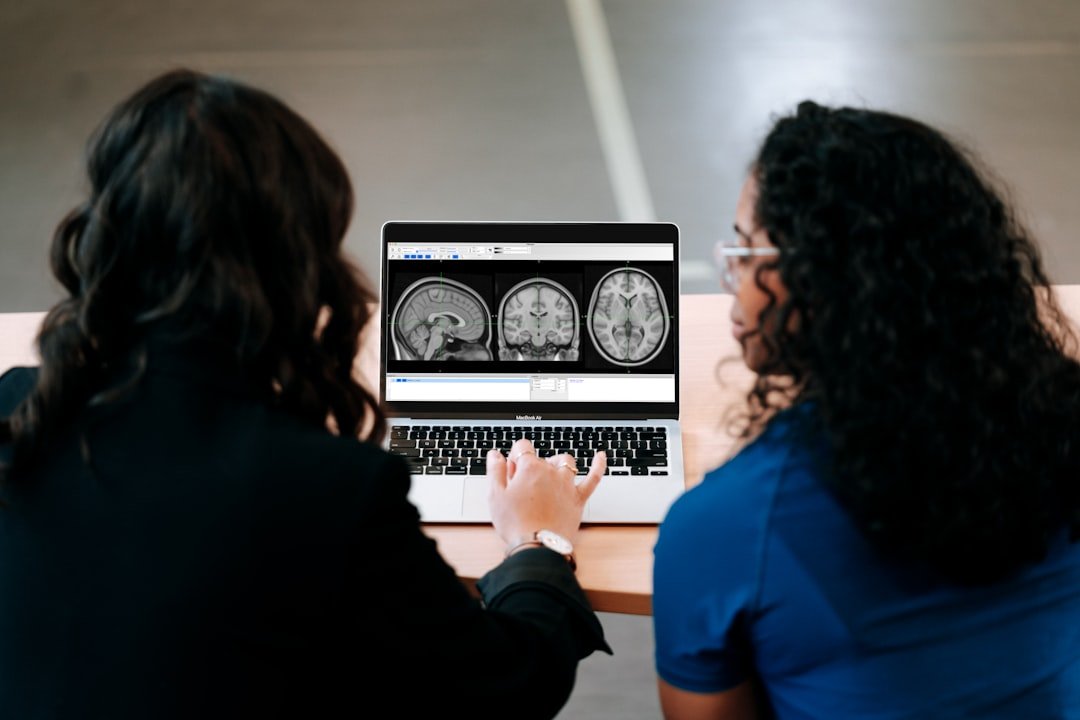
While having perfect recall might seem like an incredible gift, it comes with significant challenges. Hyperthymestic abilities can have a detrimental effect. The constant, irrepressible stream of memories has caused significant disruption to Price’s life. HSAM can be both a gift and a challenge. People with keen autobiographical memory skills remember the bad times in addition to the good times.
Although HSAM doesn’t carry any physical side effects or complications, it can be mentally exhausting to absorb and store so much information. Your doctor can advise you on coping mechanisms and answer any questions you may have. Imagine being unable to forget painful experiences – every argument, every embarrassing moment, every loss remains as vivid as if it happened yesterday. While some with HSAM find the condition overwhelming – the constant bombardment of all their memories interrupting their everyday lives – Henner says that, for her, it’s a blessing.
Common Traits Among Memory Wizards
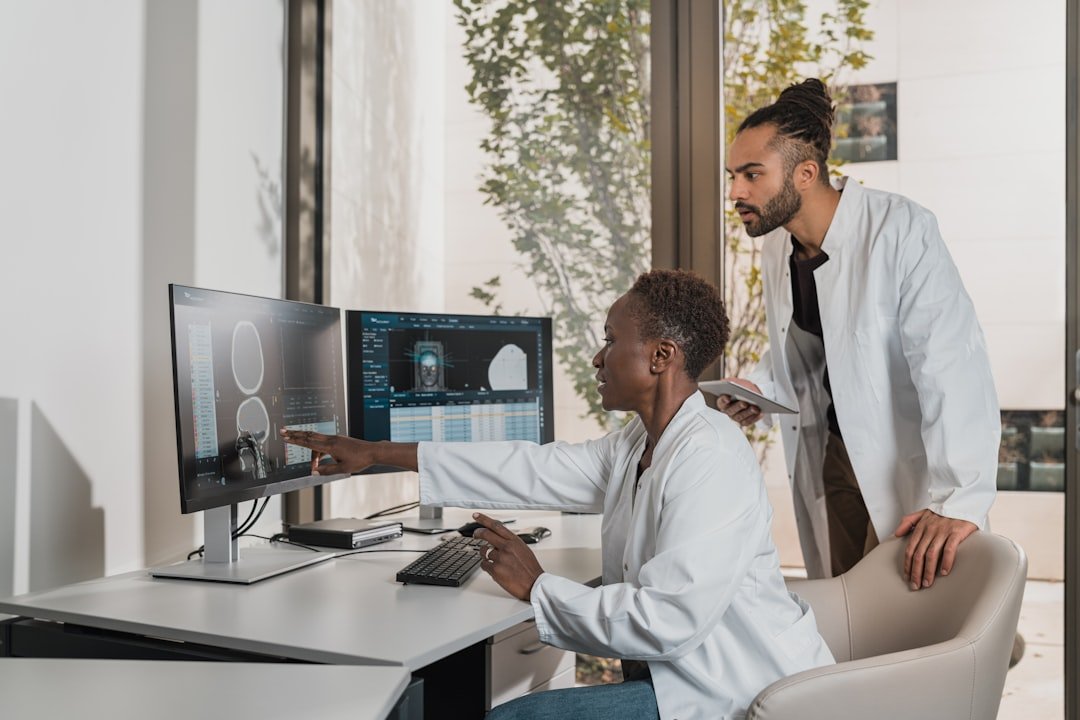
Several traits, though, appear to be common across those affected. They may spend a lot of time thinking about things that happened to them in the past. They have the ability to concentrate deeply, blocking out distractions in the environment around them. But here’s an interesting twist: Alternatively, they can be easily distracted by their memories and lose focus on things going on around them. They’re more likely to daydream and fantasize.
Many people with HSAM have large collections that they’ve organized and cataloged with great care. This may evolve into compulsive behavior. Some researchers have noted that these individuals share some characteristics with people who have obsessive-compulsive disorder (OCD). For example, they may demonstrate obsessive tendencies. These patterns suggest that the same neural pathways involved in memory might also influence personality traits and behaviors.
Testing for This Rare Condition
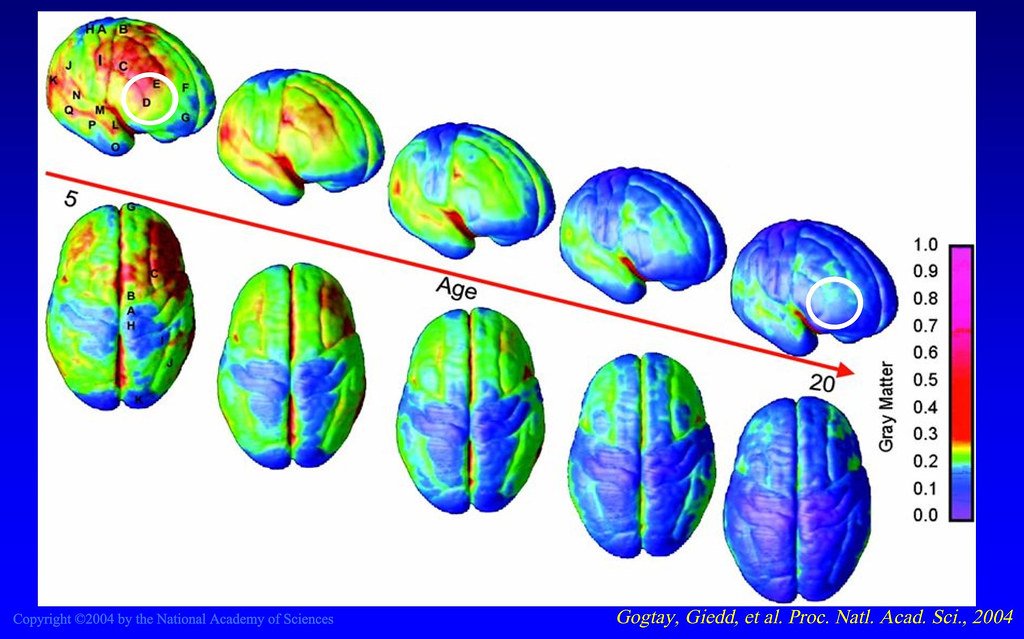
As hyperthymesia is a rare ability, there is currently no formal way of diagnosing it. However, researchers have developed sophisticated testing methods to identify genuine cases. Individuals were asked to provide three different categories of information for each of the 10 dates generated: (1) the day of the week; (2) a description of a verifiable event that occurred within ± one month of the generated date; (3) a description of a personal autobiographical event the individual participated in.
A total score of 65% or above qualified the individual as an HSAM participant and for further, in person, behavioral and neuroanatomical testing. Some research suggests that people with hyperthymesia have hyperactivity in certain parts of their brain. Doctors could potentially, therefore, assess whether a person has HSAM by taking an MRI scan while they undergo a memory test. The screening process helps separate genuine cases from people who simply believe they have superior memory abilities.
Accuracy Isn’t Always Perfect

Despite their remarkable abilities, people with HSAM aren’t infallible recording devices. The recent identification of highly superior autobiographical memory (HSAM) raised the possibility that there may be individuals who are immune to memory distortions. For details that can be verified, HSAM individuals are correct 97% of the time. While ninety-seven percent accuracy is extraordinary, it shows that even these exceptional minds can make mistakes.
“And while people with superior memories have an uncanny talent for linking dates and events, they do occasionally make mistakes. Their memories are much more detailed than ours, and last for a longer period of time, but they’re still not video recordings,” says McGaugh. “Memory is a distracting process, and what we pull from our brains isn’t always entirely accurate.” This reminder keeps us grounded in the reality that human memory, even at its most exceptional, remains a reconstructive process rather than perfect playback.
The Future of Memory Research

McGaugh says that understanding the neurobiology behind HSAM may provide new insights into how the brain stores and retrieves memories. It may even be useful in the fight against Alzheimer’s disease and other forms of dementia and memory loss, he says, although it’s too soon to definitively say if or how. The study of these exceptional individuals offers hope for developing treatments for memory disorders that affect millions worldwide.
Fully understanding how neurocognitive mechanisms support exceptional memory could lead to benefits in areas of healthcare in which memory plays a central role and in legal fields reliant on witnesses’ memories. Discussing her hyperthymesia with BBC World Service, Sharrock revealed she was supporting two research projects – one with the University of Queensland and another with the University of California – to understand how a greater knowledge of hyperthymesia can support Alzheimer’s disease research, particularly in repairing the degeneration of the hippocampus. These research efforts continue to unlock the mysteries of human memory.
Living with an Extraordinary Gift
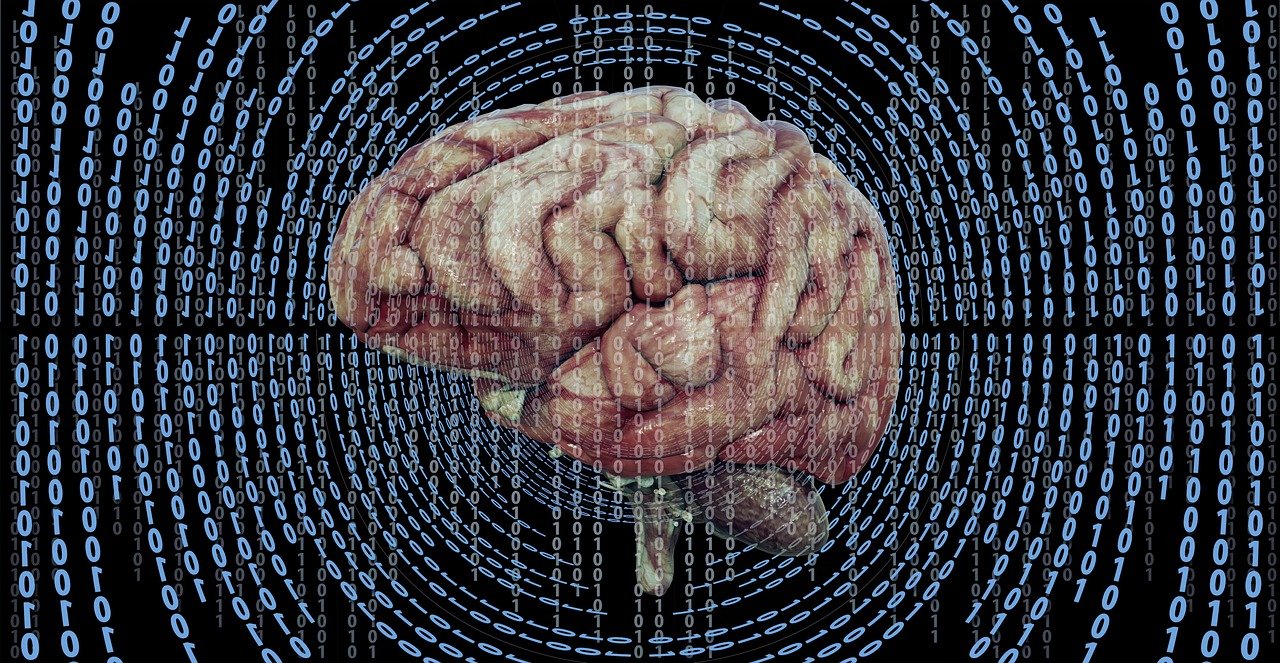
For those who possess this rare ability, life takes on a different quality entirely. Henner said that most people remember about eight to 11 days in any year, while people with HSAM remember 365 days out of a year. She said that most people when remembering an older memory will typically switch to third person. HSAMers, we’re always in first person looking out from our eyes. This first-person perspective means they relive experiences rather than simply recalling them.
Henner sees it as a gift. I’ve always thought of it as a gift. I’m thrilled that I have it. It’s never been a burden. Her positive attitude toward her condition contrasts sharply with others who find the constant influx of memories overwhelming. As for DeGrandis, he’s happy to lend his mind to science in the hopes that it will ultimately help people who have trouble remembering things – not forgetting them. And while he and others like him sometimes feel burdened by this special talent, DeGrandis is ultimately glad to have it. “It can be frustrating, but it’s also really wonderful to have easy access to happy memories.”
Conclusion
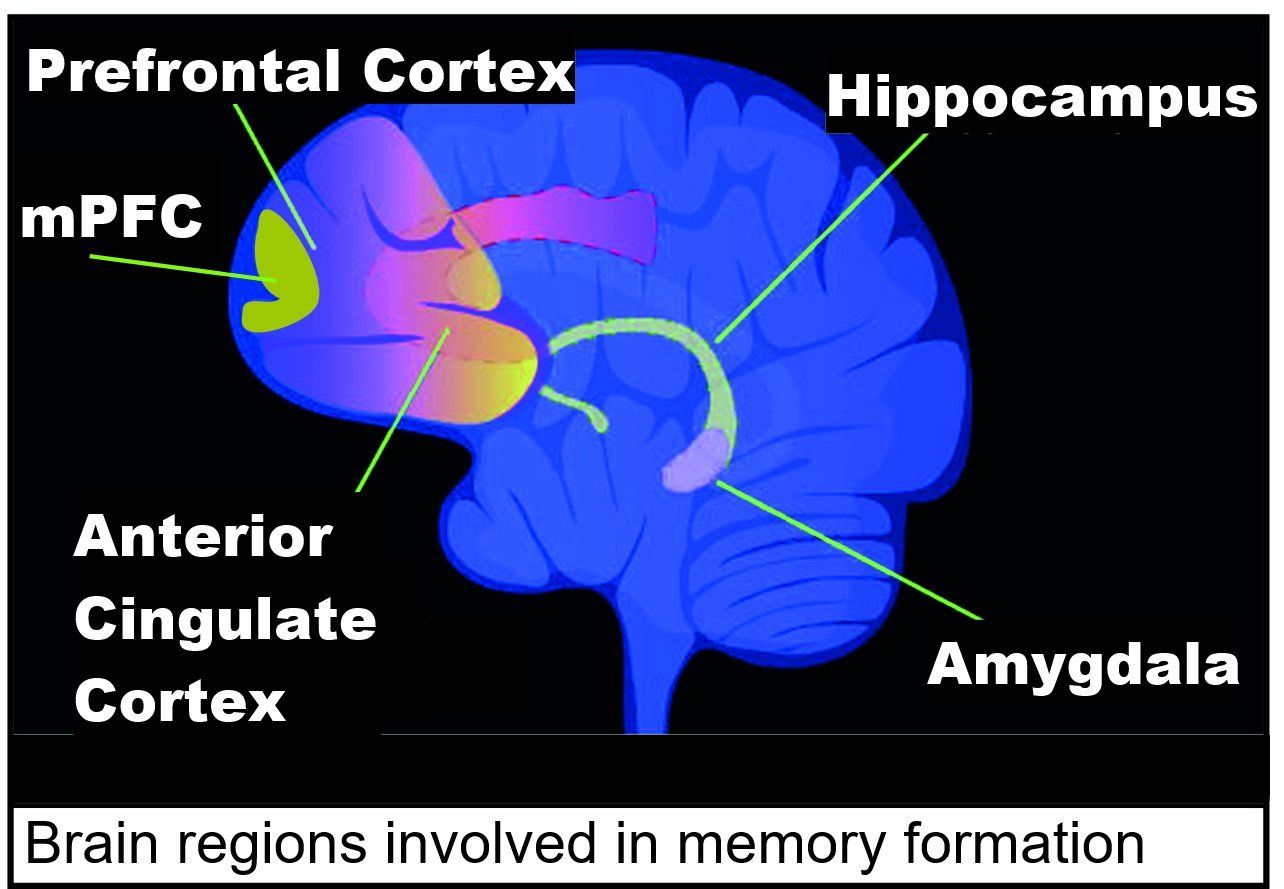
The existence of people with hyperthymesia challenges our understanding of what human memory can achieve. These rare individuals live with an ability that seems almost supernatural – the power to recall virtually with extraordinary detail and accuracy. Their condition offers scientists invaluable insights into how the brain processes, stores, and retrieves memories, potentially leading to breakthroughs in treating memory disorders. While we may never fully understand why some brains develop this remarkable capability, the study of HSAM continues to reveal the incredible complexity and potential of human memory. For those who possess it, this gift comes with both remarkable advantages and unique challenges, reminding us that even our most extraordinary abilities carry both light and shadow. What do you think about having such perfect recall? Would you want to remember every single day of your life in vivid detail?



